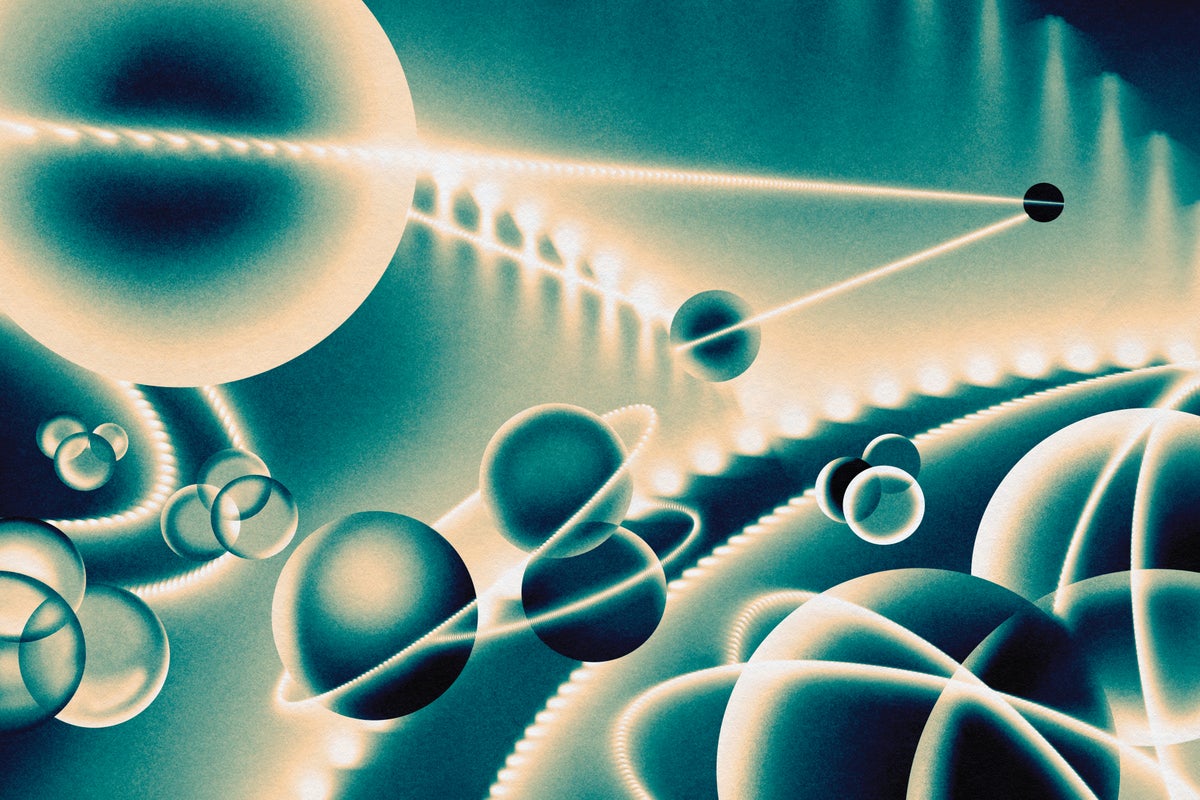The strong force, the most powerful yet enigmatic of nature’s four fundamental forces, operates at subatomic levels to bind quarks within protons and neutrons and to hold these nucleons together within atomic nuclei. Despite its critical role in the universe, accurately measuring the strong force’s coupling constant, αs, has proven challenging, with current precision lagging significantly behind that of other forces like electromagnetism. This difficulty arises from the complex behavior of the strong force’s carrier, the gluon, which unlike the photon in electromagnetism, can interact with itself, complicating theoretical predictions and measurements.
Recent advancements, however, have shed light on the strong force’s behavior, particularly in the “Terra Damnata” domain where the force is incredibly intense. For the first time, experimental measurements and theoretical predictions have begun to reveal how αs changes across different energy scales, challenging previous assumptions about its infinite growth at long distances. This breakthrough was achieved through innovative approaches, including the use of quantum chromodynamics (QCD) and novel computational methods like holography and simulations, leading to a more comprehensive understanding of αs across all distances.
This newfound knowledge has profound implications, not only for nuclear physics but also for our understanding of the universe’s fundamental structure. It opens up new possibilities for calculating phenomena related to the strong force and contributes to our understanding of the mass of visible matter in the universe, which is largely attributable to the strong force’s binding energy. Furthermore, this research could pave the way for future discoveries in quantum field theory and the quest for a unified theory of the universe, potentially challenging the necessity of higher-dimensional string theories.
Read more at Scientific American…
